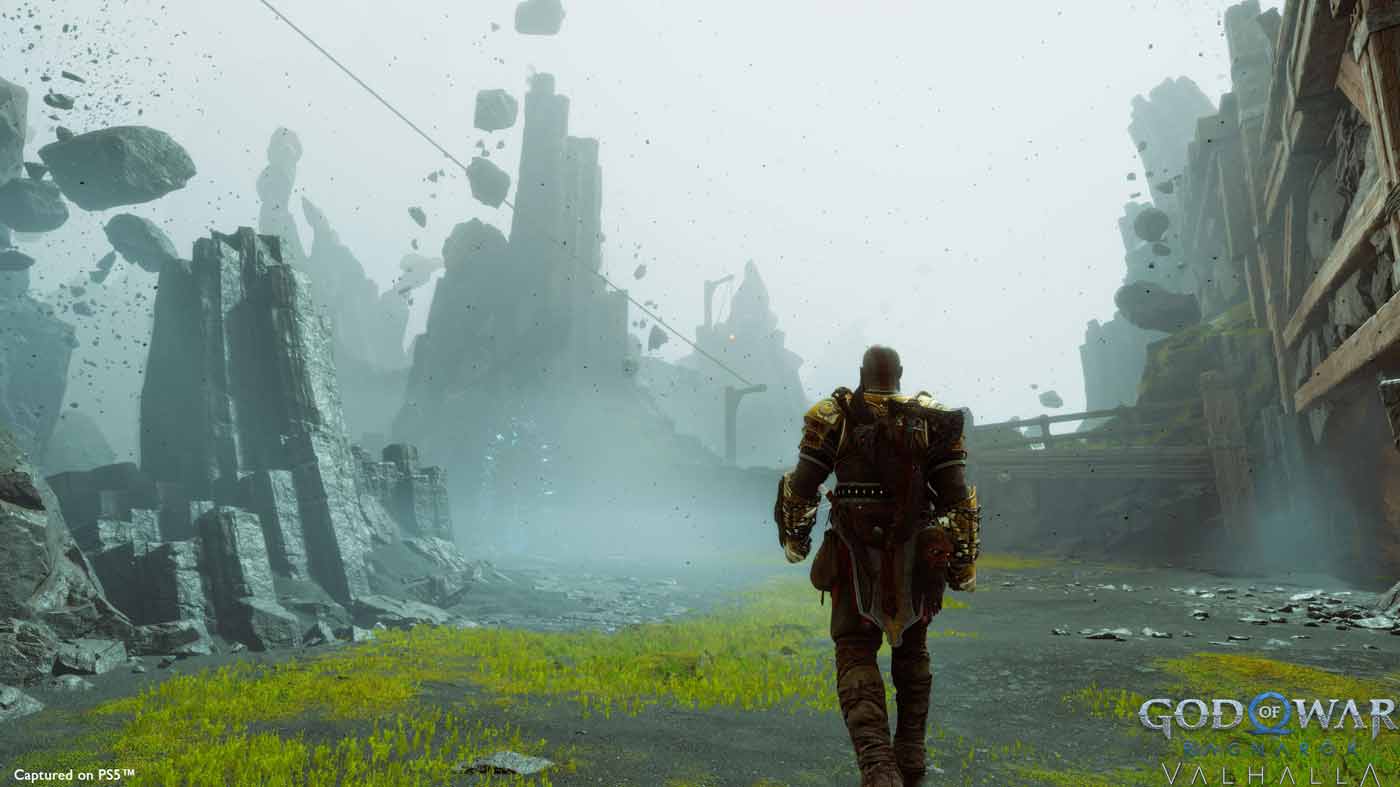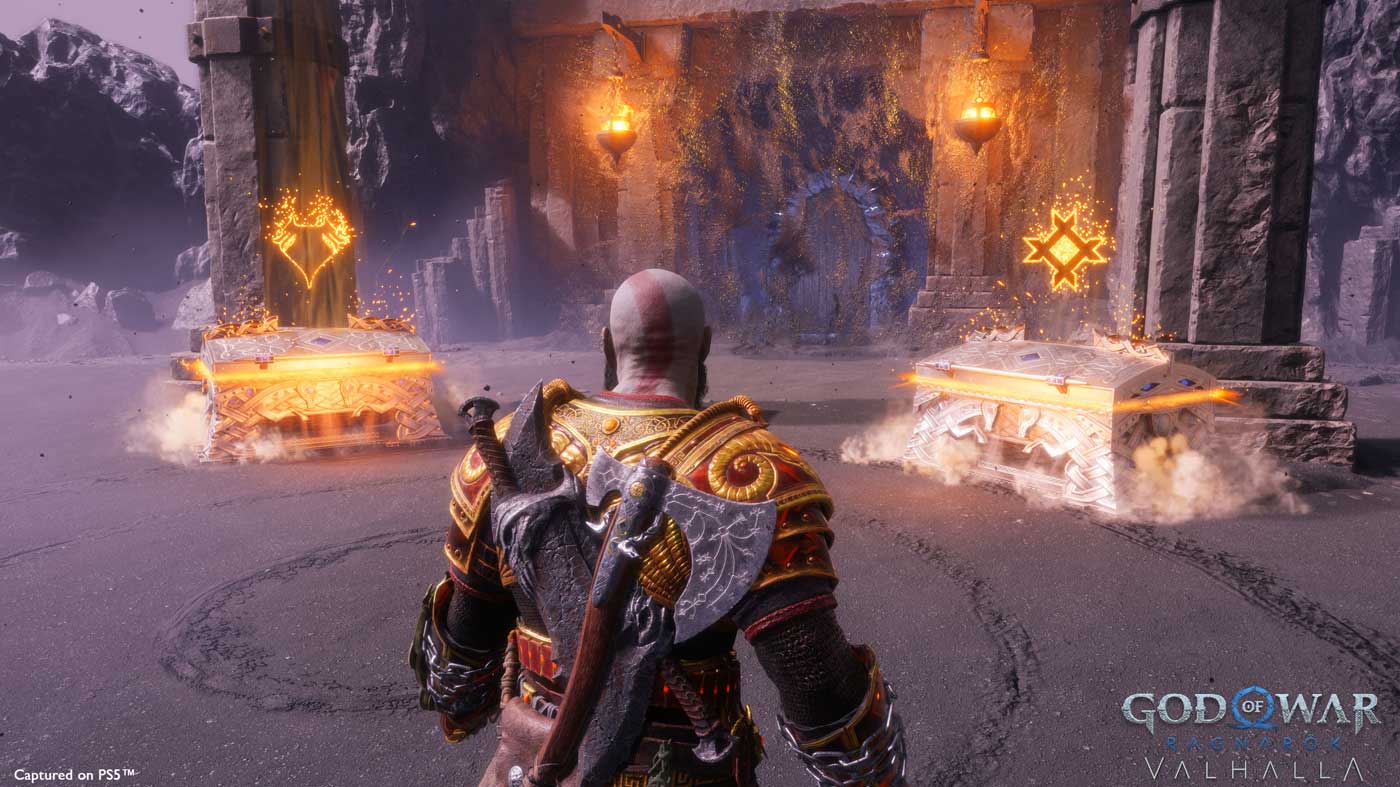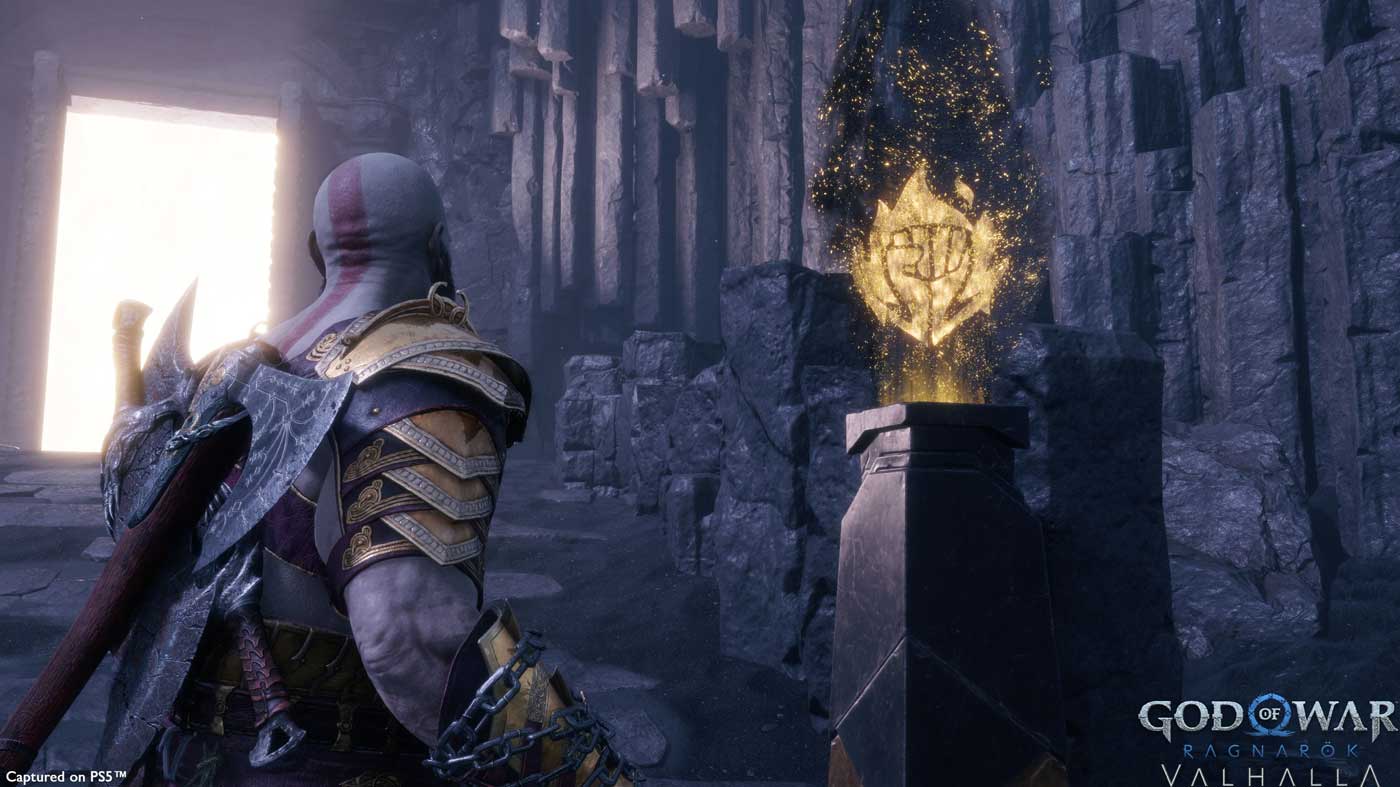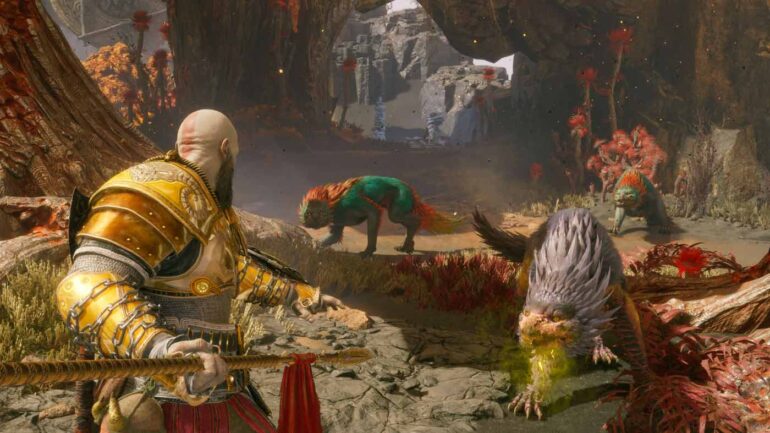The reveal of God of War Ragnarok: Valhalla, a brand new DLC that adds a whole extra mode and story set after the end of the base game, during this year’s The Game Awards was enough of a surprise on its own. Even more shocking though, was the reveal that Santa Monica Studio was releasing this new DLC for free to owners of the game as a thank you for its huge success. Now, after having pumped more hours into it than some full games, I’m genuinely shocked that we’re not being charged for this.
When the news broke that Valhalla was essentially going to be a God of War-flavoured take on “roguelite” gameplay, I instantly thought of the upcoming The Last of Us Part II Remastered and its added No Return mode, which is set to have players take on waves of Infected and other enemies as a roster of iconic TLOU characters. Fundamentally, as far as the idea of randomised encounters and a run-based gameplay loop with both permanent and semi-permanent upgrades goes, the two are similar. God of War Ragnarok: Valhalla takes this a number of steps further though, presenting its own narrative experience clocking in at anywhere from five to ten hours depending on how you play.

Taking place at a point following the end of God of War Ragnarok, this new content sees Kratos and Mimir make their way to Valhalla itself after receiving a mysterious invitation, with Kratos hilariously breaking into the realm of fallen warriors the only way he knows how – forcing it open. Here, the two go on a cyclical journey of self-development that sees Kratos reckon with, and reconcile, his dark past. It’s not exactly new ground for Santa Monica Studio’s version of the character, but it’s a great excuse to bring more of his Greek adventures into the modern era than ever and also ties in well thematically with the core gameplay loop.
If you’re at all familiar with the idea of a roguelite, you’ll have a pretty good idea of what to expect from Valhalla in terms of mechanics. Kratos enters the hallowed realm a near-blank slate in terms of power and progression, pushing as deeply as he can through a series of distinct stages and arenas built with semi-randomised enemy and item placements while growing stronger through one-off currency and upgrades acquired along the way – that are then lost should he fall and find himself sent back to the entrance.

Naturally, there are more permanent upgrades to be purchased with persistent currency at the shores of Valhalla where Kratos and Mimir have downtime to chat to the Valkyries and play around with (purely cosmetic) armour sets, so the more you fall and return the more prepared you’ll be going in each time. As you reach milestones in Valhalla, accompanied by the next bit of the narrative puzzle, your next journeys also increase in difficulty, resulting in a very comfy little difficulty curve that also forces you to continually adapt your combat strategy due to the random nature of the upgrades and challenges it throws at you.
The way everything is doled out and mixed up is really well-considered and means that it’s nearly impossible to ignore Kratos’ entire arsenal whether or not you ignored particular weapons or mechanics in the base game.
Despite time being at a premium, I made the decision to bump the mode up to the second-to-last difficulty setting, extending my journey somewhat as I fell a fair few times but went roaring straight back in. That’s a far cry from my usual style, but it’s a testament to how incredibly fun it’s been to push myself inside Valhalla’s super-satisfying loop.
With a sizeable gap since I last loaded up Ragnarok, it did take me a minute to readjust to the game’s quirks and make sense of a lot of the terms it was throwing at me, but once you get settled back in you’re quickly reminded of how crunchy and exciting God of War’s combat can be. Doubly so when the game uses its existing framework to entice out some really tantalising risk-reward scenarios where the threat of a reset meets the promise of some potentially massive spoils.

There are times where I found myself reminded that this is a free add-on and not a full expansion, like the relatively small pool of arenas that do start to feel repetitive after a while. I absolutely wasn’t expecting the amount of story and character work that’s here, though, especially when it delves into old school God of War territory – especially in its ending which is easily one of Kratos’ better moments among the modern titles.
Kratos is here to contemplate his future purpose and learns to forgive himself for his past deeds while still acknowledging and learning from them, making for a potent mix of the Greek and Norse sides of the franchise with some returning characters, locations and other bits that I wouldn’t want to spoil. It’s a treat for longtime fans as well as a very appreciated bit of history for those who jumped on in recent entries.
God of War Ragnarok: Valhalla can be downloaded for free right here for owners of the base God of War Ragnarok game on both PS5 and PS4.
If you don’t have the game you can get it on the PlayStation Store here or grab a physical copy from Amazon here.



